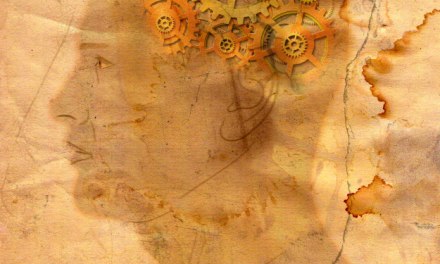The desire for drugs comes in many forms, and can vary wildly among individuals, in both frequency and intensity. The vivid dream, the intrusive thought, the euphoric memory– all examples. There’s the ‘stinking thinking’ often mentioned in 12 Step circles. And of course, there’s actual drug hunger: that peculiar withdrawal-like discomfort that occasionally appears early in recovery and can make you feel as if you’re back in detox.
Cravings come and cravings go, often to the bafflement of the addict or alcoholic, who wants to know, ‘Why am I feeling this way now, when I wasn’t a short while ago? Or haven’t, in months?’ Likely answer: something’s triggering it. A sight, a sound, a smell, a situation, associated in your brain with drug use.
The trigger can exist below your awareness. One study indicated that it could take as little as 33 milliseconds to trigger a craving (blink of eye = 100 milliseconds).
When something is that brief, you’re probably not going to be aware of it. What you notice is the result. Because you have to deal with it.
The desire for drugs can also be triggered by internal biology. Chemical changes associated with recovery, for instance, or with a co-existing mood disorder, if you have one. Under stress, your body ordinarily produces hormones such as cortisol, whose presence increase the chance you’ll experience a craving to go along with whatever other stress you’re going through.
It’s important for every person in recovery to find a way to deal with the desire for drugs when it emerges. In a sense, the desire for substances is entirely normal. Given all the drugs and alcohol you’ve used over the years, it would be more surprising if you didn’t occasionally experience a craving.
That doesn’t mean that you have to give in to them, because if you don’t, they pass. And over time, disappear. Become less frequent and farther apart.
But that takes time. In the interim, we need a way to manage them without relapse.
There are many ways, too many to list here. The self-help fellowships are full of suggestions. And here’s a brief guide from us in our article on How Craving Works.













